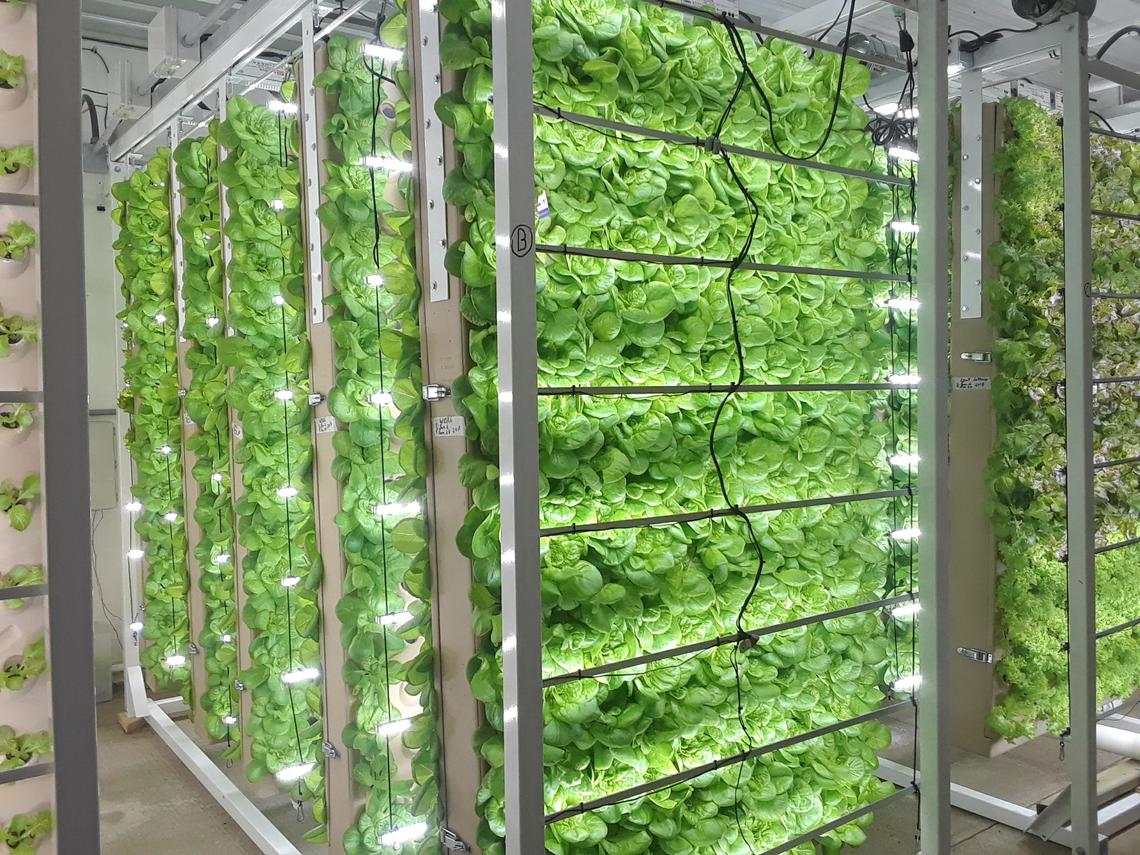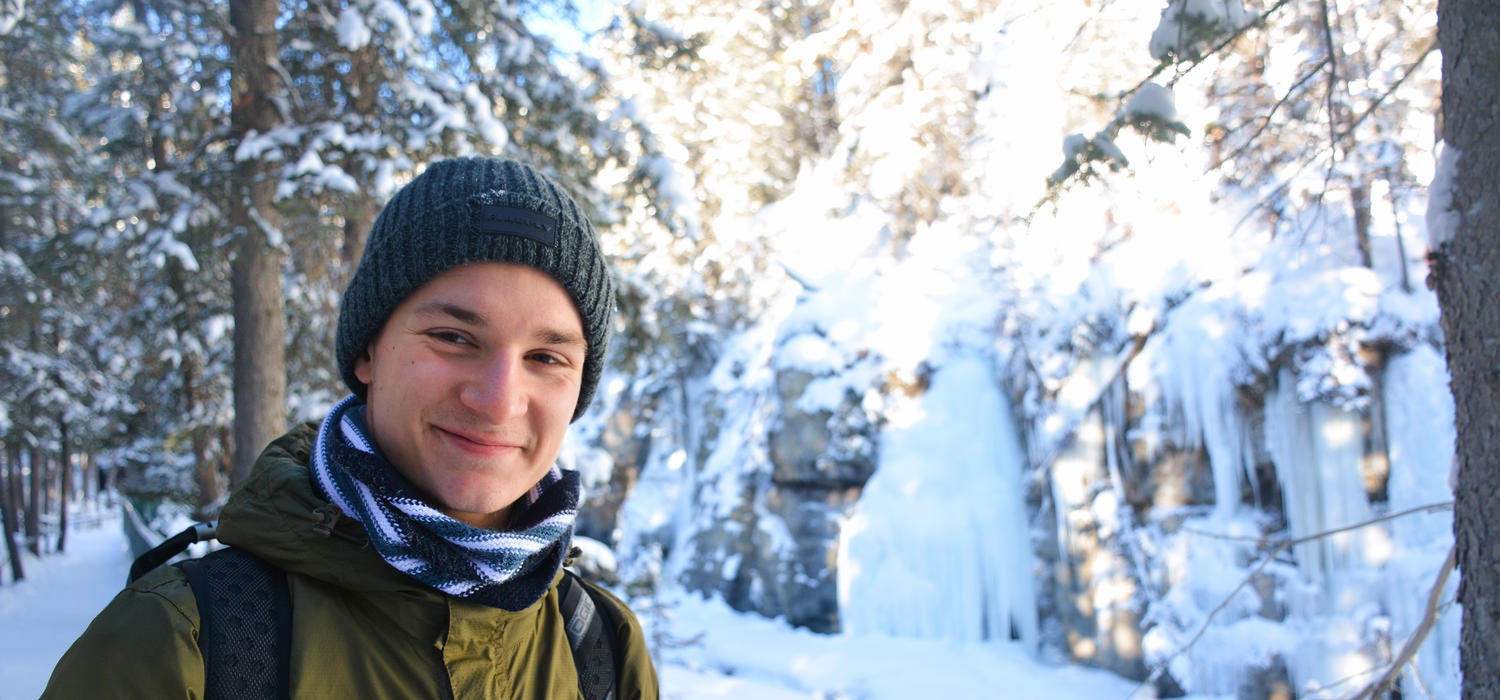
Students took a trip to Lohr-a-Lee Greenhouses in Olds, Alta. to explore commercial hydroponics.
Ivan Savytskyy
April 6, 2018

Food literally makes up who you are. This is nothing profound, but it’s surprising how easy it can be to forget. Thankfully, there are people at the University of Calgary who have developed a course program to remind us of that fact.
Last year, Jay Cross and the team in the College of Discovery, Creativity and Innovation (CDCI) introduced our cohort to the global challenge of feeding nine billion people by 2050. The university has created something novel with the Global Challenges I course, and when Global Challenges II came around, I was thrilled for another opportunity to innovate.
But what makes Global Challenges so unique? Well, let’s talk about the inquiry-based model of learning.
In late September, some friends and I joined the Student Organization for Aerospace Research (SOAR), a student-led club on campus that specializes in designing and launching rockets and balloons. Now, what’s interesting is how similar the process of designing a rocket is compared to designing an innovation for Global Challenges.
In both the club and the course, the inquiry-based model dominates: students are given an objective and have the freedom to find success in any way they want. That freedom is perhaps what is most attractive to me about the inquiry-based model because it allows me to invent the future the way I see fit.

Students took a trip to Lohr-a-Lee Greenhouses in Olds, Alta. to explore commercial hydroponics.
Ivan Savytskyy
This year, my team and I asked, “To what extent will automated indoor farming provide a solution to food insecurity in 2050?” We’ve learned that NASA has been at that question for decades, came across a mechanical engineer in California who had developed an open source farming project to farm greens, and discovered that there are youths all over the world building their own automated aeroponics farming systems for less than $100.
The real knowledge, however, came from engaging with our local community. We drove out to Olds, Alta. over the spring break to visit Lohr-a-Lee Greenhouses and got our first glimpse of a commercial hydroponics operation. We also interviewed two members of the university, mechanical engineering student Henry Stoldt and architect Tang Lee, to get an engineer’s perspective on food insecurity.
On March 28, we sat down for the second Global Challenges dinner with a passionate and professional group of Calgarians. What we learned from our community was more valuable because it was more personal. And it was fun! Collaborating with people always makes the future more exciting.
At the core, I believe that to tackle the issue of farming in space or solving food insecurity in 2050, we’ve got to start within our scope of influence. So, start with what you eat and get engaged. Your ideas will power the machines of the present and empower the minds of the future.
Ivan Savytskyy is in his second year of studying astrophysics at the University of Calgary.
Learn more about the College of Discovery, Creativity and Innovation and the Global Challenges course on the Taylor Institute for Teaching and Learning website.